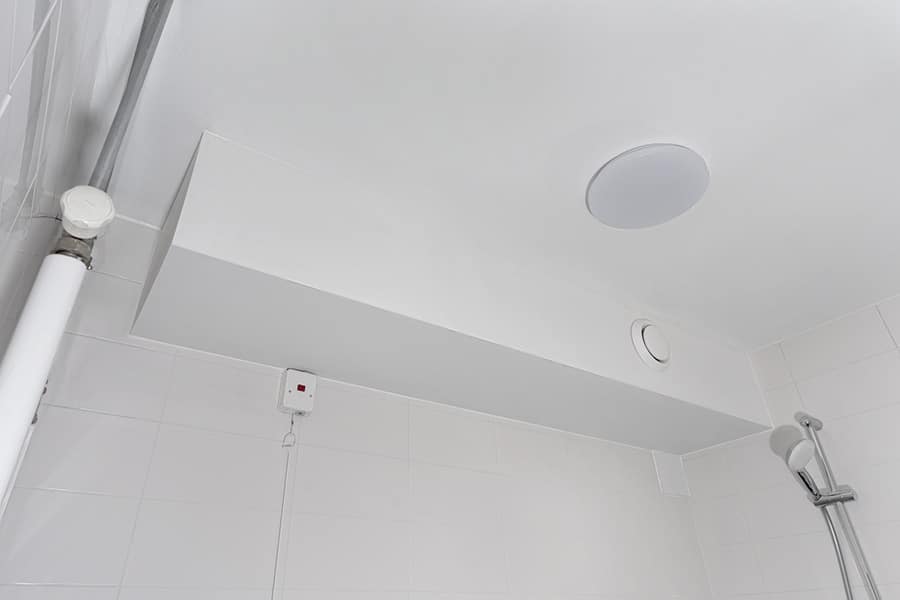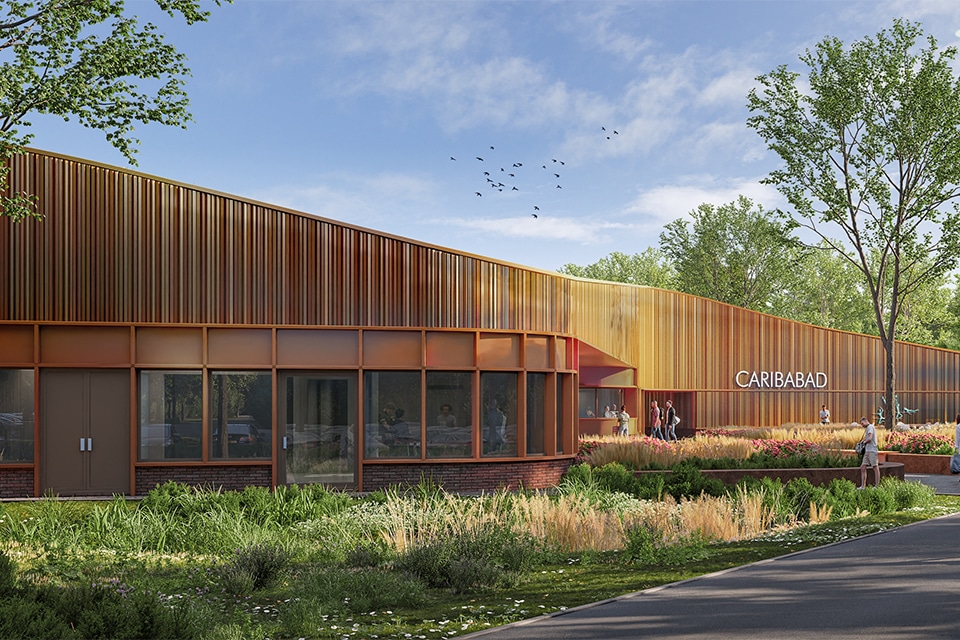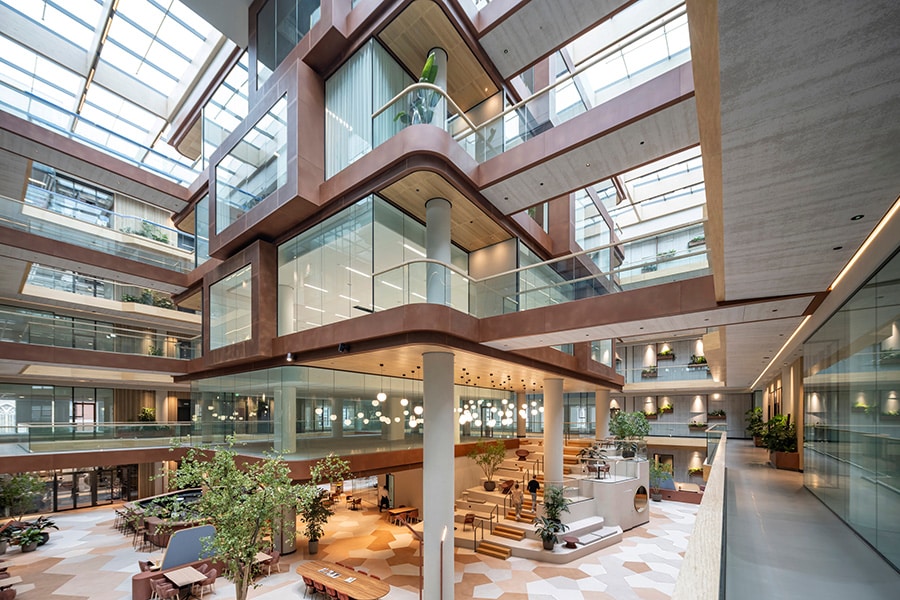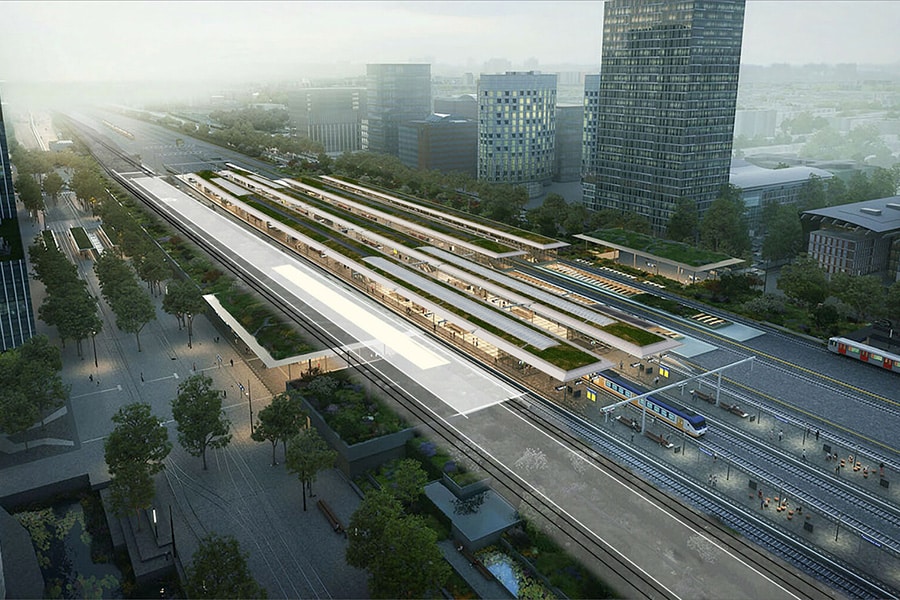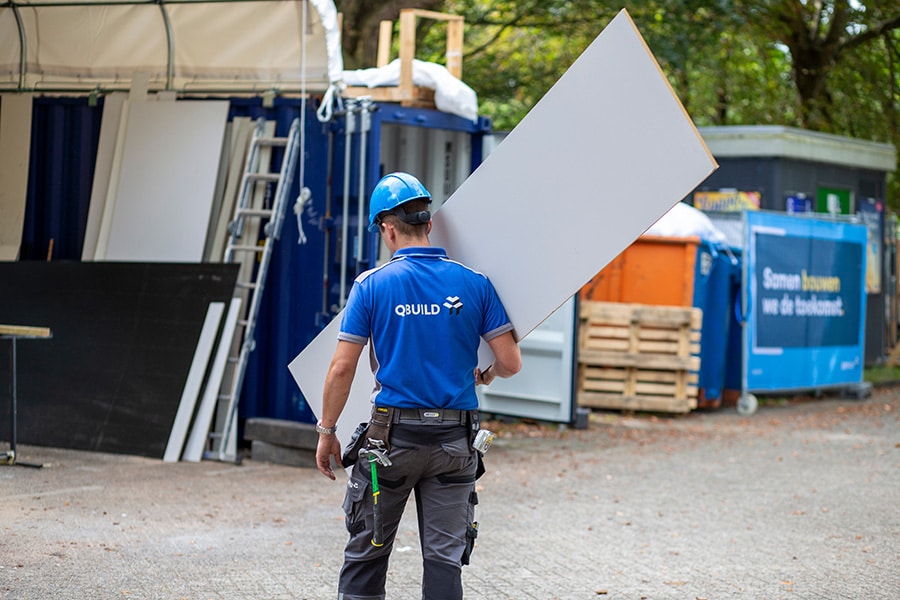
Senso: the largest sustainability project in the Netherlands
Making 935 homes more sustainable in Amsterdam-Zuidoost
Commissioned by VvE Senso 1, VvE Senso 2 and housing association Eigen Haard, QBuild rapidly upgraded 935 homes in project Senso in Amsterdam-Zuidoost from energy label E to A. Twenty homes were delivered every week. "Because there are so many parties involved, you do have to switch gears a lot."
With a very tight schedule, QBuild was able to make sure that in each house several activities were carried out in one day: asbestos remediation, replacement of the old window frames with plastic window frames with triple glazing and insulation of the roofs, facades and floors. The homes were also fitted with a mechanical ventilation system and solar panels. The wooden battens on the balconies were replaced with maintenance-free Keralit. In appearance, this material looks the same, but it is much more durable and easier to maintain. Painting is not necessary, cleaning is sufficient. In addition to the preservation work, QBuild performed facade maintenance, such as joint repair and replacement of window sills. Finally, the common areas - such as the stairwells - also received new lighting and electricity.
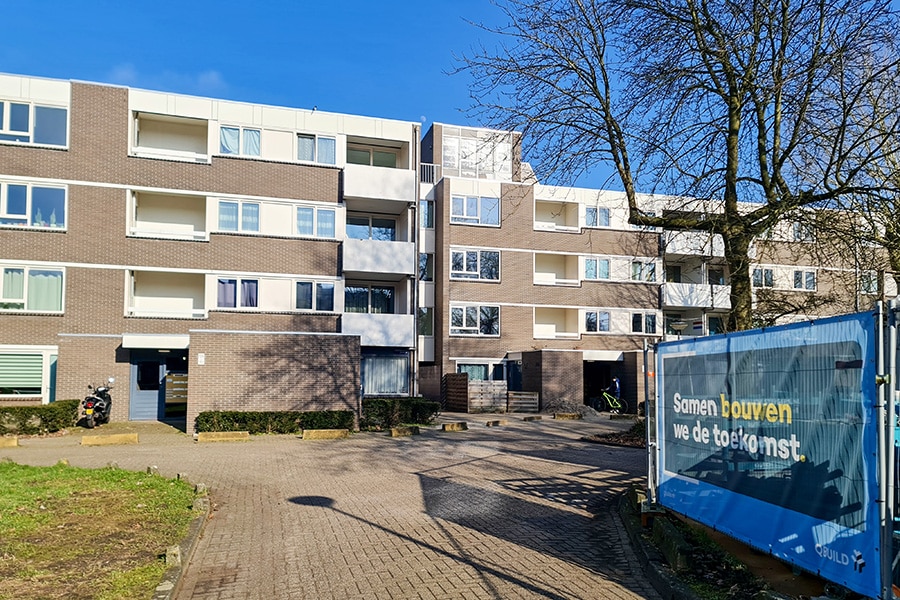
Thorough preparation
During all the work, residents were able to remain in their homes. Therefore, a project of this size and complexity does require thorough preparation. Project manager Dennis Stroobach of QBuild. "We decided to carry out the project in two streams simultaneously with two setups. The biggest challenge was to get the homes wind and watertight again the same day. To make sure this went smoothly, there was a daily start of the day where the work and any challenges were discussed. Through proper coordination with the residents and good cooperation with the implementation team, we accomplished this."
Fast switching
The work took a total of about 14 months and proceeded without major problems. Stroobach: "With such large projects you always encounter some construction challenges, but they can usually be solved on the job. At most, we had some unforeseen problems with deliveries. For example, broken glass or delays in the delivery of the plastic window frames. For these challenges, emergency window frames with glazing were on standby at all times, so we could switch quickly if necessary."
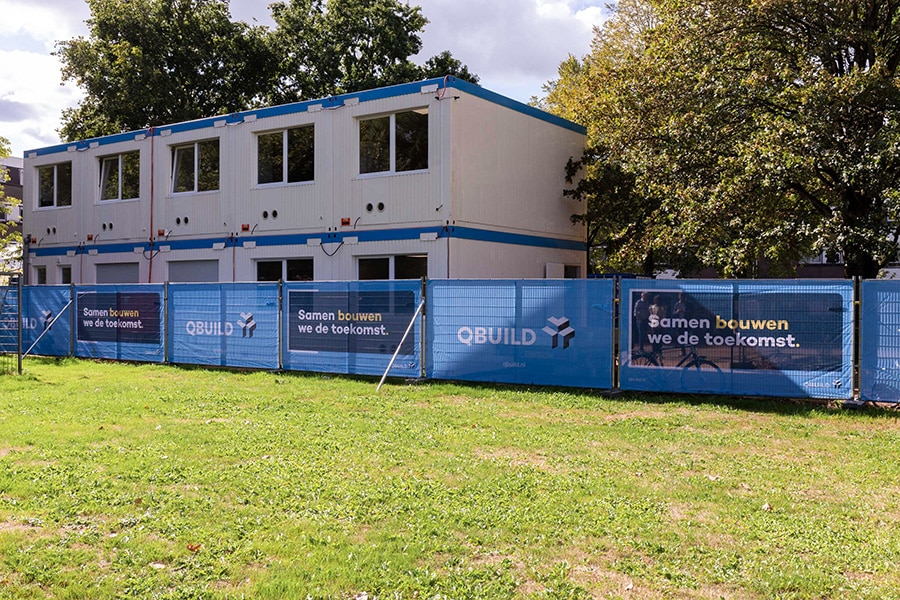
The limited space in and around the homes also presented a challenge. There was little room to put down materials and tools. It was therefore quite a puzzle to get everything to the construction site at the right time. "Because there are so many parties involved, you have to switch gears a lot. This means: consulting with the municipality about permits, coordinating delivery schedules with suppliers and talking to residents when we needed to be in their gardens, for example. We always try to be flexible: if it didn't suit a resident at a particular time, we could skip a home and come back later," Stroobach says.
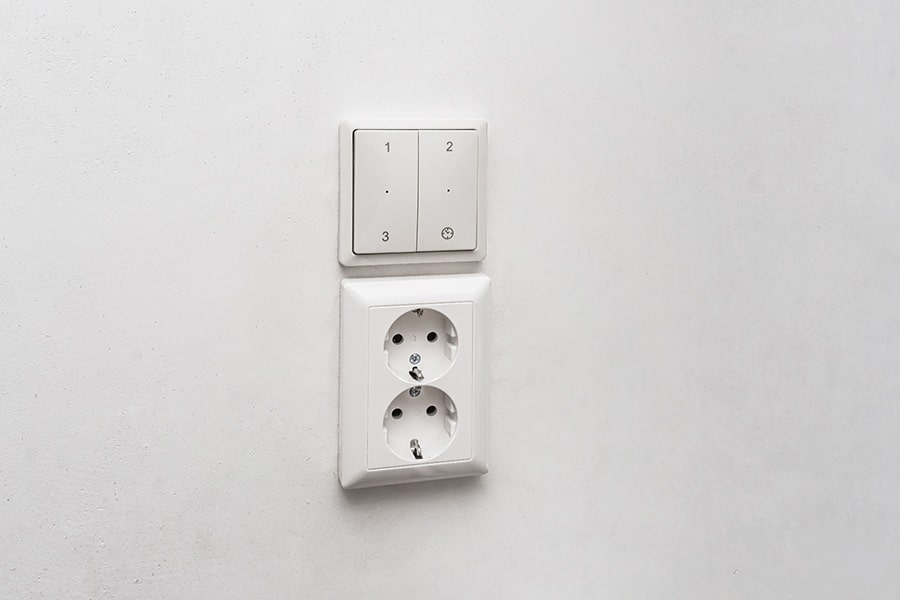
Anyway, communication with residents proved important in this project. In particular, the new, mechanical ventilation system raised questions. "This was obviously new for the residents and the air flow is also really different than before. Some residents felt it was drafty inside and pulled the plug. Our aftercare department explained to the residents individually again how this system works and that it is important that it stays switched on and the grilles stay open. This is better for both the home and the health of the residents." Stroobach looks back with satisfaction on the project, the last homes of which were completed last spring.
